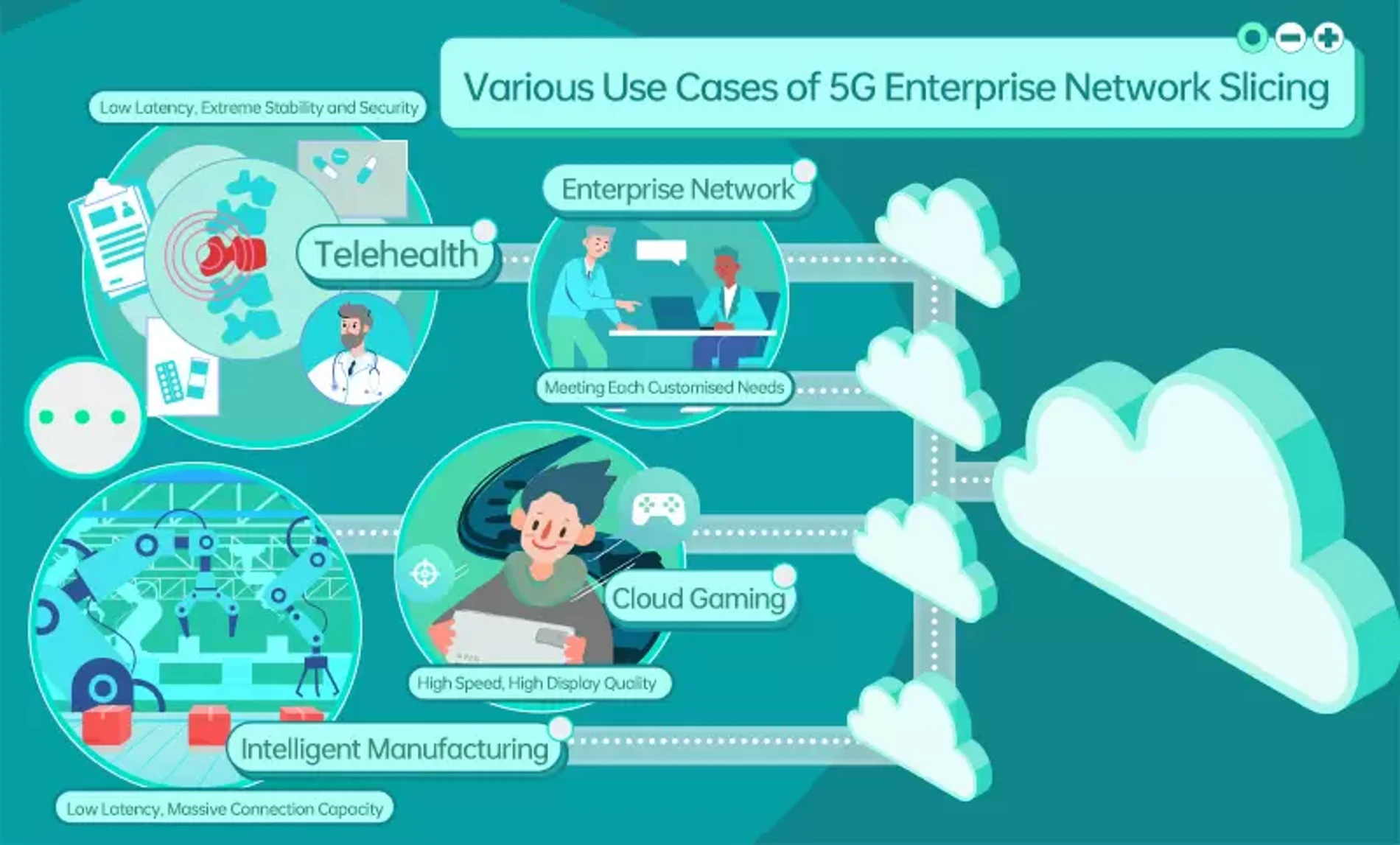Ericsson, OPPO and Qualcomm have successfully trialled a 5G enterprise network slicing solution on a commercial Android 12 handset.
This latest technology milestone marks a significant step towards bringing the benefits of network slicing to enterprises globally.
The pre-commercial trial used Ericsson’s Dynamic Network Slicing Selection, a recent addition to the company’s dual-mode 5G Core portfolio, and Ericsson 5G RAN slicing, which together deliver the required new network capabilities for this new solution.
The trial was completed using an OPPO Find X5 Pro powered by Snapdragon 8 Gen 1 Mobile Platform with Snapdragon X65 Modem-RF System.
With the OPPO Find X5 Pro running on a customized version of Android 12, ColorOS 12, the solution enables enterprise applications and services with specific requirements to use defined network slices without switching devices.
The solution makes it clear what mobile apps and services can use the slicing capabilities with the aid of a small icon displayed next to the main mobile app icon.
The three partners tested the 5G enterprise network slicing solution at OPPO’s 5G Communications Lab, and successfully demonstrated application and network traffic partitioning. The solution can create multiple virtual end-to-end network slices and is intended to be commercialized for communications service providers worldwide.
“5G network slicing enables enterprises to meet their network security, reliability and flexibility needs,“ says Monica Zethzon, Head of Solution Area Packet Core at Business Area Cloud Software and Services, Ericsson.
“This solution, created in partnership with OPPO and Qualcomm and underpinned by Ericsson’s dual-mode 5G Core and 5G RAN Slicing technologies, provides a foundation for CSPs to deliver more tailored 5G services for enterprises.”
It is the latest such collaboration for Ericsson, and part of its commitment to work with the device ecosystem to introduce 3GPP-standards based user equipment route selection policies (URSP) in 5G networks to enable application traffic steering with network slices.
This is the element that enables single devices to use multiple network slices and is seen as crucial in bringing the full range of benefits 5G connectivity can deliver to enterprises and consumers.
Viewed as an important part to successful monetization of 5G investments, network slicing enables service differentiation and guaranteed performance to industries, enterprises, and consumers.
It allows for dedicated levels of speed, latency, and reliability, tailored to the specific needs of the service or application. With customizable network slices, enterprises can offer multiple services such as high-quality video communication with colleagues or remote control of devices like monitoring drones, as well as low latency cloud gaming.

Commercial network slicing is set to spur new areas of growth in technology
5G network slicing allows independent virtual network ‘slices’ to be created with different network properties — for example latency, bandwidth, security and reliability — based on the needs of those connecting to the network.
For example, a dedicated network with large bandwidth and low latency can be created for automatic driving applications, providing a higher guarantee that vehicles will receive the level of data accuracy and computing throughput they need to remain safe on the road.
Network slices could even be created for specific games or platforms, providing users with more responsive and immersive connectivity that is independent of other traffic on the network.
In IoT applications such as smart factories, network slices set up for low latency and high reliability with a large number of connected devices will also help to provide the foundation for smarter operations.
“5G enterprise network slicing is the key to realizing 5G-differentiated applications,” said Xia Yang, Senior Director of Carrier Product Line, OPPO,
“Based on our company mission of ‘Technology for Mankind, Kindness for the World’, OPPO will leverage our strengths in innovation and collaboration across the tech ecosystem to advance the commercialization of 5G enterprise slicing technology.
Together with our partners, we will enable a wide range of OPPO product users to be the first to enjoy a customized 5G connectivity experience.”
OPPO has been conducting R&D in 5G network slicing together with network operators and other partners for a number of years now.
OPPO previously partnered with Vodafone and Ericsson to build the first 5G SA network in the UK at Coventry University, where it also demonstrated the first 5G SA network slicing technology.
OPPO has also worked with China Mobile to complete testing and verification of 5G terminal slicing. In the future, OPPO will continue to work with global operator partners to promote the application and implementation of 5G enterprise network slicing, bringing more secure, reliable, and flexible 5G communications to commercial partners and end users.



